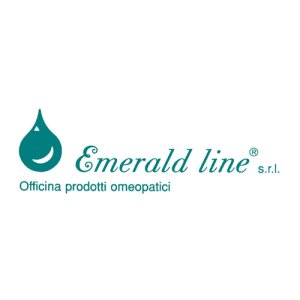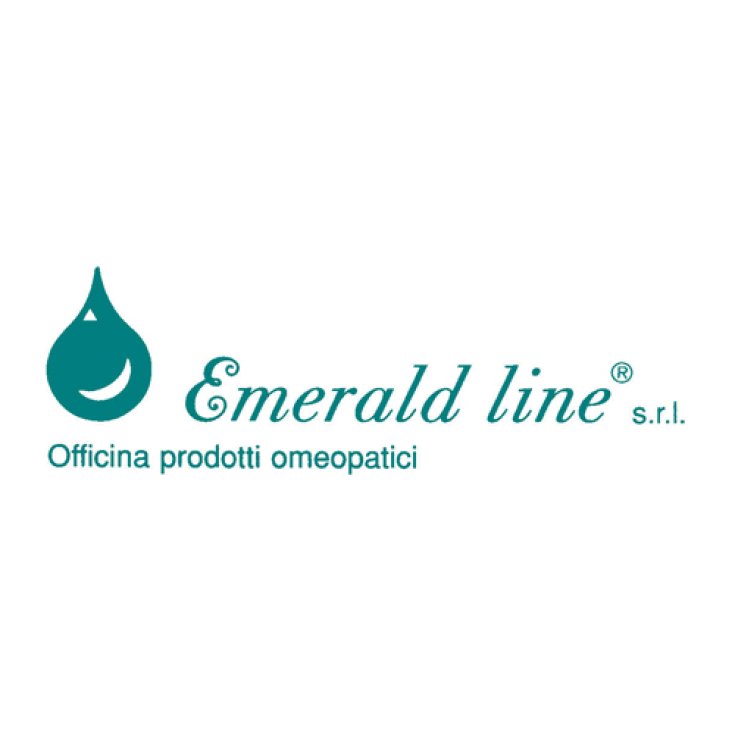Oligoline Mn / co Emerald Line® 100ml

- Brand: EMERALD LINE Srl
- Product Code: 909877401
- EAN:
- Availability: In 10 - 14 Days
- Purchase 3 items for 13.97€ each
- Purchase 4 items for 13.68€ each
- Purchase 5 items for 13.40€ each
Oligoline Mn / co Emerald Line®
Oligotherapy
HISTORY AND SCIENTIFIC BASES
The biological importance of trace elements is well known after the work of Gabriel BERTRAND. Since 1894 this author has oriented his research towards the elements found in small quantities both in plants and in animals and which at the time were considered as impurities. He discovered, in fact, that Manganese played the role of enzyme using the oxygen in the air as a substrate. This discovery led him to conceive that the metals reported here and there in infinitesimal quantities must play an essential role in living beings, both as constituents of enzymes and by intervening in the synthesis of enzymes. He then undertook a systematic study in order to determine the list and percentage of these trace elements and their physiological action.
At present the considerable works of Bertrand, his collaborators, their successors and all the other authors who have been interested in this question throughout the world, result in several thousand publications. On the theoretical level, the whole of these works has led to identical and indisputable conclusions: the living animal and vegetable substance is composed of a certain number of elements of construction and combustion, the percentage of which is important; they are: CARBON, CALCIUM, NITROGEN, OXYGEN, HYDROGEN, POTASSIUM, SODIUM, MAGNESIUM, SULFUR, CHLORINE, PHOSPHORUS, IRON and SILICON.
Alongside these main elements, there are a large number of other elements which are contained only in small quantities compared to the former and whose role seems to be that of "Catalysts". The main ones vary in number from 25 to 30: for example: MANGANESE, ZINC, COBALT, COPPER, etc. In chemistry, the name of catalysis was given, in 1836, by Berzelius to a phenomenon that he defined as follows: "... It is proved that several simple bodies and soluble and insoluble compounds have the property of exerting on another body a very different action to chemical affinity. By means of this action, they produce in these bodies the decomposition of their elements to which they remain extraneous ".
This new force, which was unknown until now, is common to organic and inorganic matter. I don't think it is a force entirely independent of electronic affinities; he will call this force "catalytic force" and catalysis the recomposition of bodies determined by this force.
As a general rule, the phenomena to which the notion of catalysis has extended belong to a very particular type of reactions which are "chain" reactions and which can be defined as follows: In some experimental conditions, the numerous transformations do not directly give rise to stable molecules constituting the final term of the evolution of the system. On the contrary, they generate very unstable individualities which are atoms and free radicals in which a valence is at least not saturated. These individuals react with the molecules of the initial system and give birth to the final transformation products and to new atoms and radicals that behave in the same way, except when other reactions destroy or recombine them.
We would get out of the topic that interests us if we tried to investigate this very complex phenomenon, but the importance of which is not recognized by the public. At present there is no object whose manufacture by industry is not the result of some catalysis. All living beings on our planet are biochemical forges that function thanks to enzymatic phenomena and by extension those of catalysis. There are or have formed study and research centers dedicated to catalysis and biological catalysts which appear to be one of the keys to pharmacodynamics. And already the enzymatic, vitamin, antibiotic functions seem indissociable from these trace elements considered just a few years ago as substances of no importance or as impurities. In fact, the first theoretical and experimental researches that aroused the researchers' attention were the works of R. Quinton, G. Bertrand and J. Mènètrier.}}
Emerald Line has developed its own range of trace elements called OLIGOLINE
The required daily quantities of each cation have been well defined and confirmed by the latest findings from Henty Picard 's molecular biology. The oligoelements OLIGOLINE are easily assimilated perlingually. They are presented in the form of glass vials of 3 ml. In the pack of 20 ampoules there are straws to extract the liquid and leave it under the tongue. OLIGOLINE also exist in the form of drops. 100 ml bottles with dispenser.
| ALUMINUM | To the | Aluminum 0.000015 mg |
| SILVER | Ag | Proteinated silver 0.07 mg |
| BISMUTH | Bi | Bismuth magisterium 0.05 mg |
| FOOTBALL | Approx | Calcium gluconate 0.8 mg |
| COBALT | Co | Cobalt gluconate 0.45 mg |
| IRON | Fe | Iron gluconate 0.56 mg |
| FLUORINE | F 2 | Sodium fluoride 0.442 mg |
| PHOSPHORUS | P. | Sodium disodium phosphate 0.14 mg |
| IODINE | I 2 | Bisublimate iodine 0.024 mg |
| LITHIUM | There | Lithium gluconate 8.14 mg |
| MAGNESIUM | Mg | Magnesium gluconate 1.78 mg |
| MANGANESE | Mn | Manganese gluconate 0.59 mg |
| MANGANESE-COBALT | Mn, Co | Manganese gluconate 0.59 mg |
| Cobalt gluconate 0.45 mg | ||
| MANGANESE-COPPER | Mn, Cu | Manganese gluconate 0.59 mg |
| Copper gluconate 0.518 mg | ||
| MANGANESE-COPPER-COBALT | Mn, Cu, Co | Manganese gluconate 0.59 |
| Copper gluconate 0.518 mg | ||
| Cobalt gluconate 0.45 mg | ||
| MOLYBDENUM | Mo | Molybdenum 0.000015 mg |
| NICKEL-COBALT | Ni | Nickel gluconate 0.556 mg |
| Cobalt gluconate 0.45 mg | ||
| POTASSIUM | K | Potassium gluconate 0.24 mg |
| COPPER | Cu | Copper gluconate 5.18 mg |
| COPPER-GOLD-SILVER | Cu, Au, Ag | Copper gluconate 0.518 mg |
| Colloidal gold 0.0014 mg | ||
| Proteinated silver 0.07 mg | ||
| SELENIUM | Self | Sodium selenium 0.03 mg |
| SILICON | Yup | Silica anhydride 0.7 mg |
| ZINC | Zn | Zinc gluconate 0.47 mg |
| ZINC-NICKEL-COBALT | Zn, Ni, Co | Zinc gluconate 0.47 mg |
| Nickel gluconate 0.556 mg | ||
| Cobalt gluconate 0.45 mg | ||
| ZINC-COPPER | Zn, Cu | Zinc gluconate 0.47 mg |
| Copper gluconate 0.518 mg | ||
| SULFUR | S. | Sodium thiosulfate 0.3 mg |
Format
100ml bottle with dispenser

